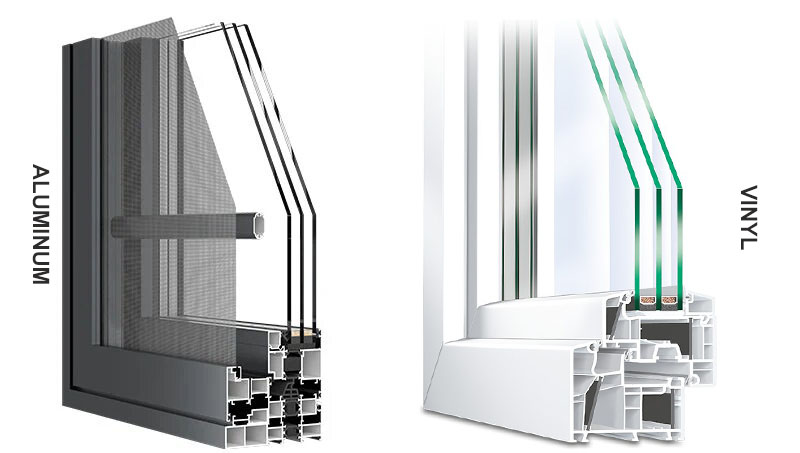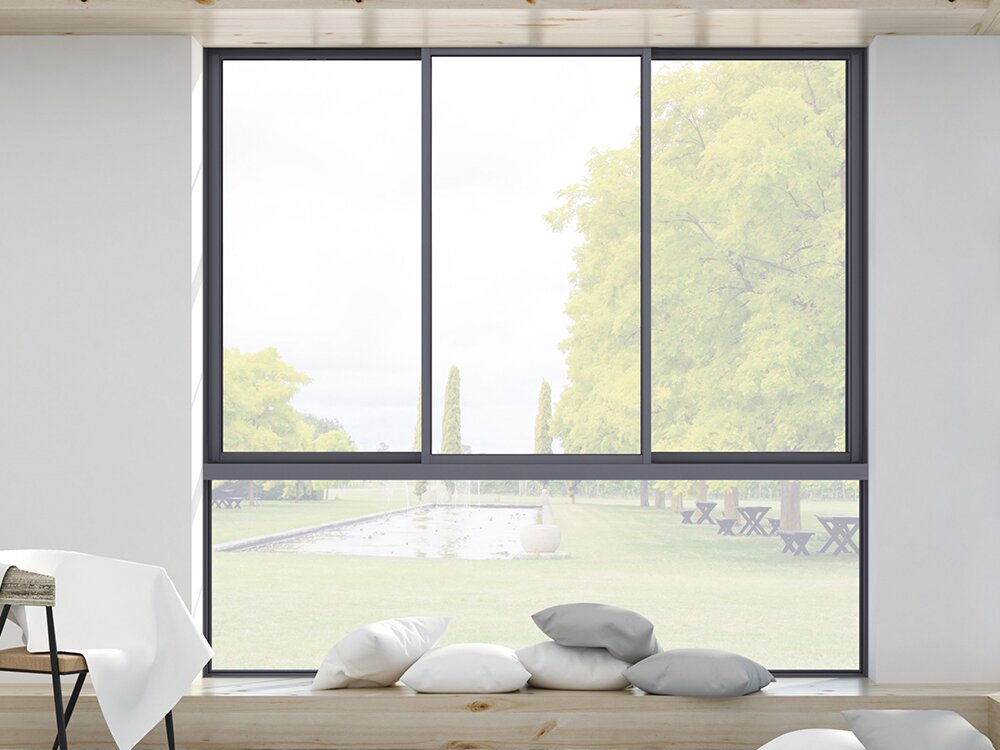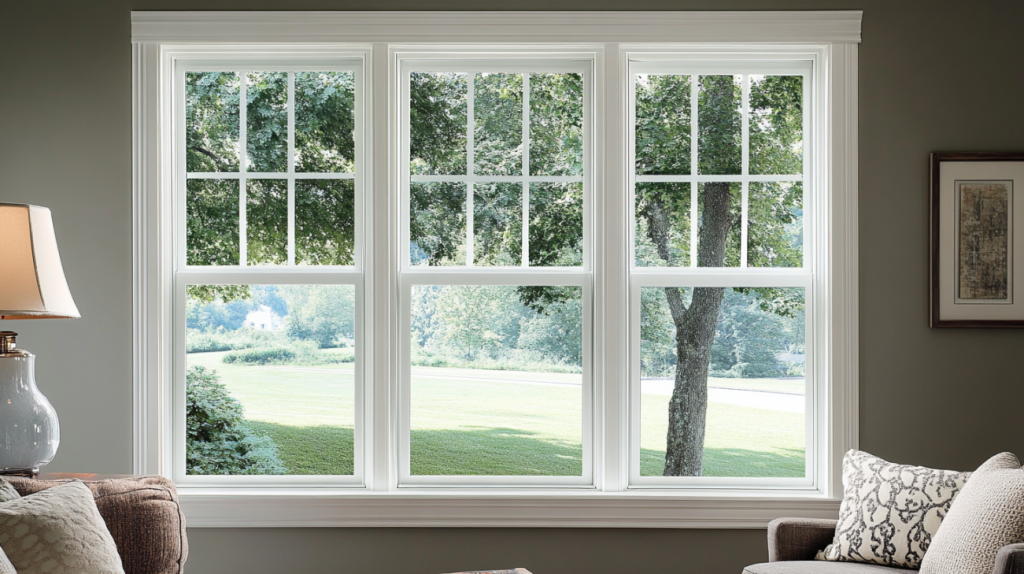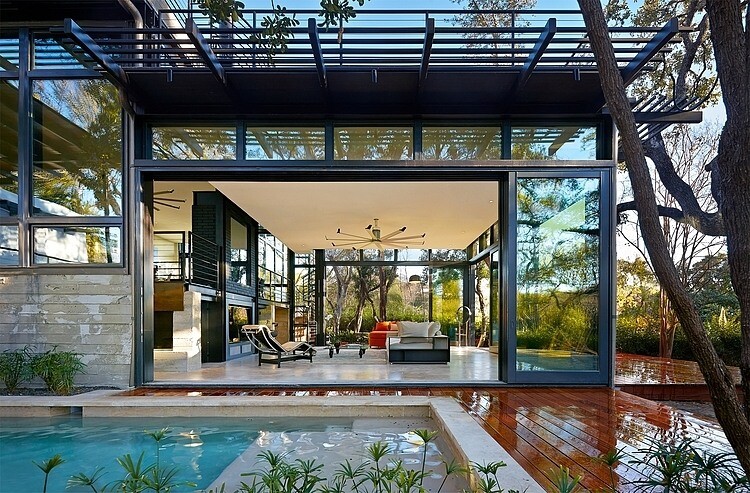When it comes to choosing windows for your home or project, you’ll likely face the classic debate: vinyl vs aluminum windows. Both materials have their fans, but which one really fits your needs? Whether you’re a homeowner, architect, or contractor, understanding the strengths and weaknesses of these window types can save you time, money, and headaches. Let’s dive in and break it down in simple terms.

What Are Vinyl Windows?
Vinyl windows are made from polyvinyl chloride (PVC), a type of durable plastic. Think of vinyl windows as the cozy sweater of window materials—they provide warmth and insulation without breaking the bank. Their popularity comes from low maintenance, good insulation, and affordability. Unlike wood, vinyl won’t rot or need painting, making it a favorite for busy homeowners.
According to the Efficient Windows Collaborative, vinyl windows can reduce heat loss by up to 30% compared to older window types. That means more comfort inside and lower energy bills. Plus, vinyl windows come in various styles and colors, so they don’t look like plain plastic boxes anymore.

What Are Aluminum Windows?
Aluminum windows are made from a strong metal alloy. Imagine a sleek armor protecting your home. Aluminum frames are slim but sturdy, allowing larger glass panels and more light. This makes aluminum a go-to choice for modern designs and commercial buildings.
Aluminum’s strength lets architects push the limits with narrow frames and big views. However, metal transfers heat more easily, so without thermal breaks, aluminum windows can be less energy efficient. Still, aluminum is prized for its durability—it won’t warp, crack, or swell, even in harsh weather.

Vinyl vs Aluminum Windows: What Are the Pros and Cons of Each?
Choosing between vinyl and aluminum windows means weighing their strengths and weaknesses. Both materials have clear benefits but also come with trade-offs. Understanding these pros and cons will help you pick the right fit for your home’s needs, style, and budget. Let’s break it down simply.
Vinyl Windows: Pros and Cons
Vinyl windows are often praised for their excellent insulation and affordability. They act like a cozy barrier, keeping your home comfortable without demanding too much upkeep. However, like any material, vinyl has its limits. Here’s a quick look at the strengths and weaknesses:
| Pros | Cons |
|---|---|
| Excellent energy efficiency and insulation | Limited color and design options |
| Affordable and budget-friendly | Can warp under extreme heat |
| Low maintenance—no painting needed | Thicker frames reduce glass area |
| Resistant to moisture and mold |
Aluminum Windows: Pros and Cons
Aluminum windows bring a sleek, modern look with their slim frames and robust strength. They’re like the tough armor of the window world, built to last and handle big panes of glass. But this strength comes with some trade-offs, especially around insulation and cost. Let’s break down what makes aluminum windows great and where they might fall short:
| Pros | Cons |
|---|---|
| Strong structure, ideal for large glass panels | Poor insulation unless thermal breaks are added |
| Slim, modern frames that maximize natural light | Higher upfront costs |
| Resistant to corrosion, suitable for many climates | Can corrode in coastal areas without protection |
| Recyclable and environmentally friendly |
How Do Vinyl and Aluminum Windows Differ in Energy Efficiency and Insulation?
Energy efficiency often drives the choice between vinyl and aluminum. Vinyl windows generally offer better insulation because plastic doesn’t conduct heat like metal. This means vinyl keeps your house warmer in winter and cooler in summer.
Aluminum, being metal, transfers heat quickly. However, modern aluminum windows with thermal breaks—a plastic section separating the inside and outside of the frame—greatly improve their insulating power. According to the U.S. Department of Energy, aluminum windows with thermal breaks can perform nearly as well as vinyl in terms of energy savings.
If your priority is energy efficiency, vinyl might have a slight edge unless you opt for premium aluminum windows with thermal breaks.

What Are the Cost Differences Between Aluminum vs Vinyl Windows?
Price matters, right? On average, vinyl windows cost less upfront. For example, a typical vinyl window might run $100 to $900, depending on size and style. Aluminum windows can range from $200 to $1,200 or more.
But don’t just think about the sticker price. Aluminum windows might last longer and need less replacement, but they can also require more expensive maintenance in certain environments. Vinyl windows are cheaper but may need replacing sooner, especially in extreme heat.
In terms of installation, both require professional help. Labor costs will depend on window size, frame complexity, and location.
| Factor | Vinyl Windows | Aluminum Windows |
|---|---|---|
| Upfront Cost | Lower | Higher |
| Installation Cost | Lower | Higher |
| Maintenance Cost | Low | Moderate |
| Energy Efficiency | High | Moderate |
| Longevity | 20-30 years | 30-50 years |
So if budget is tight, vinyl is a solid choice. But if you want sleek design and strength, the higher price for aluminum can be worth it.
Durability and Maintenance: Which is More Suited for High-Traffic Areas?
When it comes to windows in busy homes or commercial spaces, durability and ease of maintenance become top priorities. Vinyl windows, with their moisture resistance and low upkeep, handle everyday wear and tear quite well. They won’t rot or peel, so they’re a practical choice for high-traffic areas that might see occasional bumps or exposure to moisture.
On the other hand, aluminum windows bring unmatched strength. Their metal frames stand up to knocks and pressure without bending or cracking. This makes them ideal for places where durability is critical. However, aluminum does require occasional maintenance, like repainting or corrosion protection, especially in harsh or coastal environments.
So, if you want a window that’s easy to maintain with decent durability, vinyl might be your go-to. But if your project demands maximum toughness and you don’t mind a bit of upkeep, aluminum windows take the crown.

Vinyl vs Aluminum Windows: Aesthetics and Design
Windows don’t just let light in—they set the tone for your entire space. Vinyl windows tend to come with thicker frames and fewer color options, which means their style might feel more traditional or limited. However, advances in vinyl manufacturing have brought better textures and colors, allowing for more customization than ever before.
Aluminum windows shine in this department. Their slim profiles and sleek metal finish offer a modern, minimalist look that architects love. Plus, aluminum frames can be powder-coated in nearly any color, matching any design vision—from bold industrial to elegant contemporary.
Think of vinyl as the reliable classic sweater, comfortable and simple. Aluminum, meanwhile, is like a tailored jacket—sharp, stylish, and made to impress.
Vinyl Windows vs Aluminum Windows: Environmental Impact
If sustainability is high on your list, the environmental footprint of your windows matters. Vinyl windows are made from PVC, a plastic derived from non-renewable resources. While they are durable and energy-efficient, vinyl production and disposal raise concerns due to chemical additives and limited recyclability.
Aluminum windows, conversely, are highly recyclable and can be made from a significant portion of recycled material. The metal’s longevity also means fewer replacements over time. However, aluminum production is energy-intensive and contributes to greenhouse gas emissions.
Energy efficiency also plays a role here. Vinyl windows generally provide better insulation, reducing your home’s heating and cooling needs, which in turn lowers carbon emissions. Aluminum windows with thermal breaks narrow the gap, but pure aluminum frames typically lose more heat.
Choosing windows with a clear environmental profile—factoring in production, usage, and disposal—can make a real difference in your home’s sustainability.

Which Window Material Handles Different Climates Better: Vinyl or Aluminum?
Think of vinyl as a warm blanket ideal for chilly climates. It keeps heat in and cold out. But vinyl can soften and warp under extreme heat, so in very hot areas, it might not hold up as well.
Aluminum windows shine in hot or humid climates. They resist warping, cracking, and are great for letting in natural light. Coastal areas, however, pose a corrosion risk for aluminum, so protective coatings are a must.
Vinyl vs Aluminum Impact Windows: What’s the Difference?
Impact windows are designed to withstand strong winds and debris—perfect for hurricane-prone zones. Both vinyl and aluminum frames can be made into impact-resistant windows.
Vinyl impact windows are thicker and heavier due to reinforced frames. Aluminum impact windows can be slim but tough because of metal strength.
If you live in a high-risk area like Florida, consult with a pro about which material suits your safety needs best.
Vinyl vs Aluminum Clad Windows: A Comparison
Clad windows combine the best of both worlds. Aluminum-clad vinyl windows have vinyl on the inside for insulation and aluminum on the outside for durability and sleek looks.
These windows cost more but offer excellent energy efficiency, strength, and aesthetics. For those wanting a premium upgrade, clad windows are worth considering.

What Installation Challenges Should You Expect With Vinyl vs Aluminum Windows?
Vinyl windows are easier to install because of their flexibility. Aluminum windows require precise fitting due to metal rigidity. Mistakes in installation can lead to drafts or water leaks, regardless of material.
Professional installation is key. Always hire certified installers to ensure warranty coverage and performance.
Conclusion: Want to Buy Vinyl or Aluminum Windows?
Choosing between vinyl and aluminum windows boils down to your priorities—whether it’s budget, style, durability, or energy efficiency. Vinyl offers great insulation and affordability, while aluminum delivers sleek design and strong durability. No matter your choice, quality and professional installation matter most.
If you’re looking for high quality aluminum windows backed by advanced technology and trusted worldwide, PA Home stands out as one of China’s top 10 aluminum window manufacturers. For reliable products and expert support, feel free to contact PA Home and make your project shine.
It depends on your needs. Aluminum windows offer superior strength, slimmer frames, and modern aesthetics, making them ideal for large or contemporary designs. Vinyl windows excel in energy efficiency, affordability, and low maintenance.
Vinyl windows generally have a lower upfront cost, making them a budget-friendly option. Aluminum windows are more expensive initially due to stronger materials and manufacturing but may offer longer lifespan and durability that justify the investment.
Use a mild soap mixed with warm water and a soft cloth or sponge. Avoid abrasive cleaners or brushes that can scratch the surface. Rinse with clean water and dry with a soft towel for best results.
Generally, painting vinyl windows is not recommended because paint doesn’t adhere well and can cause warping or peeling. If you want a different color, it’s better to choose vinyl windows that come pre-colored or use aluminum-clad options.
Use a mild soap mixed with warm water and a soft cloth or sponge. Avoid abrasive cleaners or brushes that can scratch the surface. Rinse with clean water and dry with a soft towel for best results.


